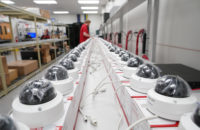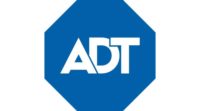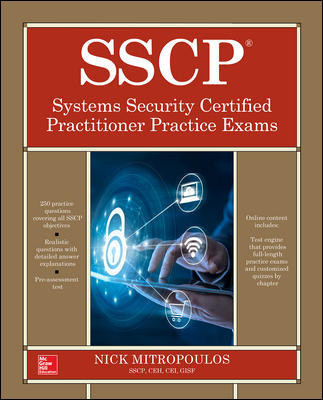ADI’s Systems Group: Design, Project Registration & IP Programming

ADI’s IP programming service is extremely important for all sizes of security companies, but especially for larger organizations that really watch their working capital closely, Sullivan said.
PHOTO COURTESY OF ADI

The Systems Design and Support Team is a highly educated and skilled set of people. ADI does at least one hour of training every week for every employee, said Sullivan (shown here teaching a class).
PHOTO COURTESY OF ADI


One of the many advantages of doing business with ADI is its Systems Design and Support Team based in Louisville, Ky. This group of trained subject matter experts drives ADI’s systems design, project registration, and IP equipment programming services, designed to help security dealers and systems integrators secure more business.
The Systems Design and Support Team is structured in pods, with people who have expertise in video/access control/IT, pro AV, fire and intrusion. Across all the pods and among the entire group, “we get about 1,200 calls and emails a day,” described John Sullivan, senior vice president of strategic sales at ADI.
The overall group, managed by John J. Murphy IV, director of customer experience and support at ADI, is comprised of approximately 30 sales engineers located in Louisville and Orange, Calif., and another six that are located in Canada. They are certified for the jobs they’re required to work on; for example, NICET-certified engineers are assigned to work on the fire alarm projects.
“Our people, for the most part, come from real-world experience and understanding,” Sullivan explained. “These are higher-level sales engineers that understand how to put together systems and understand all of the technologies.”
When a dealer or a security integrator calls in and describes the details and the objective of his or her project, the sales engineer then sets to work designing it. In some cases, more than one sales engineer will work on the same project, depending on the type of expertise that’s needed — for example, an integrated system involving both fire alarm and access control.
Once the job is spec’d, it is forwarded to the local branch. While ADI’s local branches can help dealers to be as competitive as possible on their pricing, some integrators need just a little bit more aggressive pricing and that’s where project registration can help.
“If I have a deal and I know that I have a fire system and an access and video system tied to it, I can call each one of those vendors and tell them the size of the job and then they can provide some kind of a discount,” Sullivan explained about the project registration procedure, adding that each vendor may have a different threshold for project size before considering a discount.
“Our role in project registration is to facilitate the two-way communication between our vendors and our customers, but we don’t favor one vendor over another. It’s all about getting the best price for the customer,” Sullivan said.
There are eight people working on project registration at ADI and the average time it takes to get a project registered is about 1.25 hours, he noted.
ADI’s IP programming services can handle any type of platform — including video, access control, intrusion and more — although the primary need in the industry is for IP video cameras to be programmed.
“Let’s say that we have 60 cameras on a job site; we’ll take those cameras and we will program them up,” Sullivan described. “We have an area built out in Louisville where we can move the products right from the 200,000-square-foot hub, over to our programming center. We’ll then take those cameras, pull them out of the box, program them up with their IP address, then hook them up to a system. We’ll understand what the VMS is, and what the actual system’s going to look like in the end. We’ll hook them up and burn them in, and we’ll make sure that they work for over 30 minutes. Once they pass that test, we unhook them, label them with the IP address, put them back in the box they came in, also re-labeled with the IP address, and put it all on a skid. At that point the project is ready to ship when the customer’s looking for it.”
ADI programs tens of thousands of cameras through the IP programming team on an annual basis, Sullivan said. “The dealers and the integrators out there that are on projects — they get it.”
As far as cost for these services, there is no charge to ADI customers for project design or registration. There is a nominal charge for programming, which is structured in tiers, “but it is significantly less than what you would pay for a person to be out there in a van doing the same work that we’re doing,” Sullivan said.
— By Laura Stepanek, SDM Editor
Looking for a reprint of this article?
From high-res PDFs to custom plaques, order your copy today!











